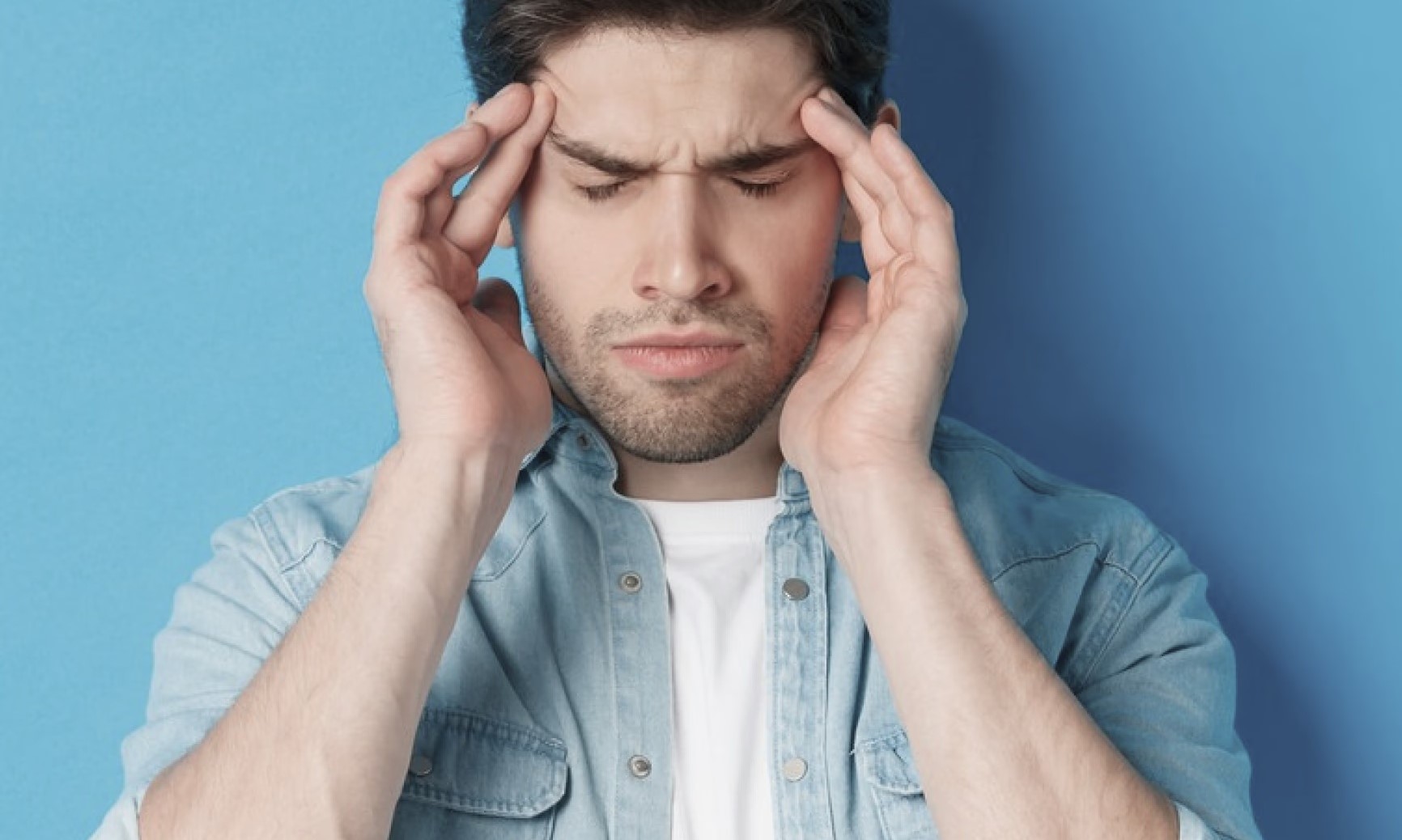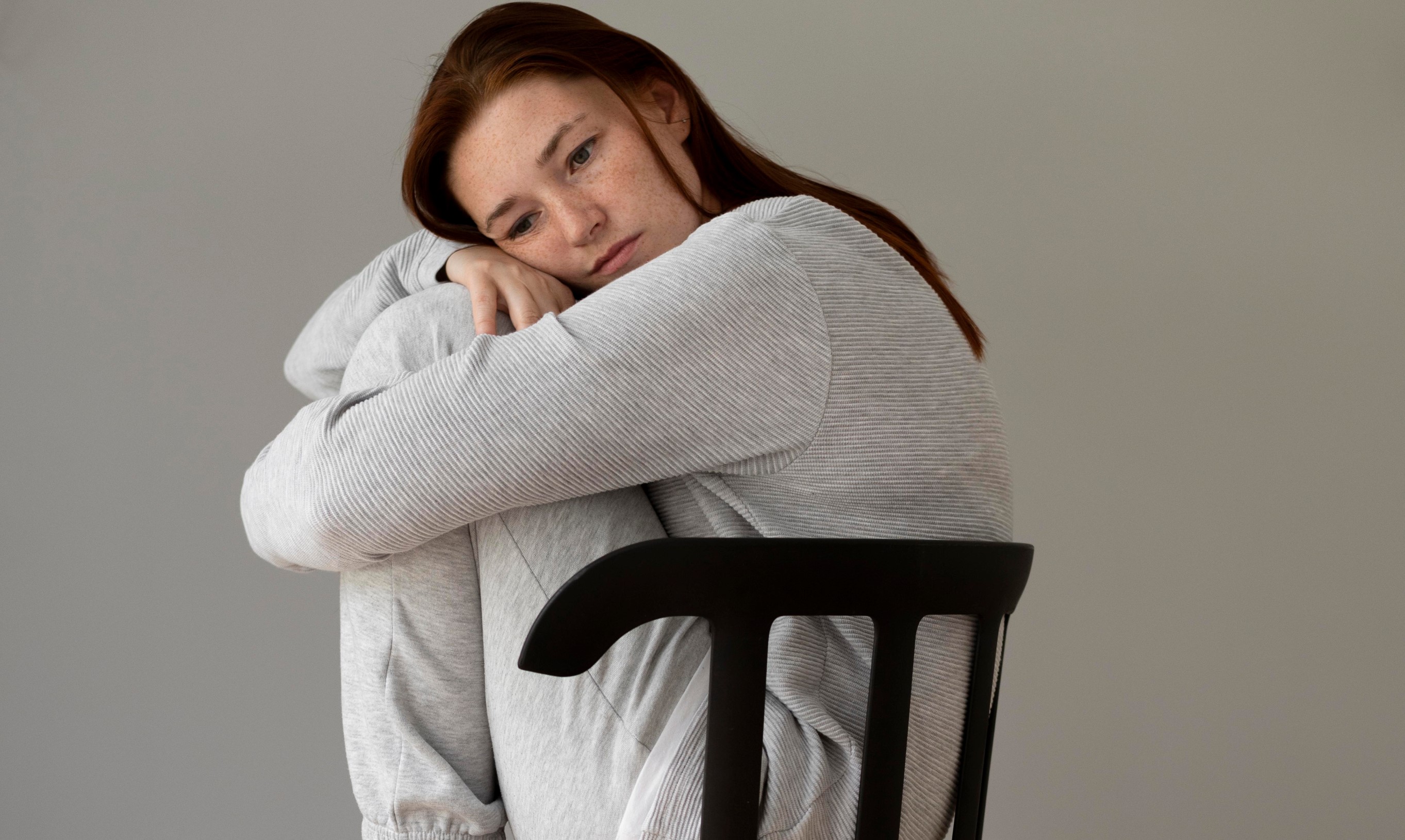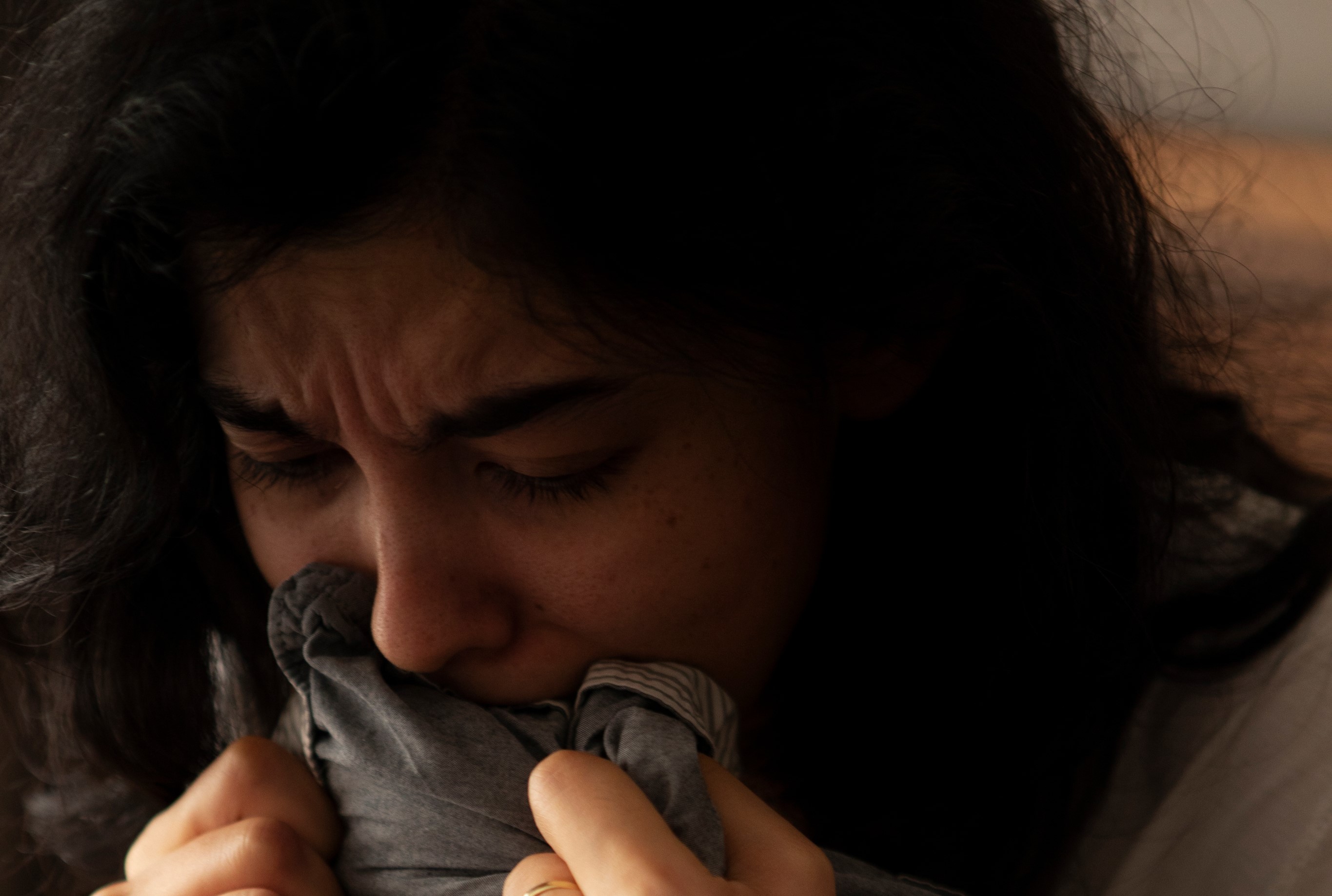
A comprehensive guide to understanding Bipolar Disorder, its symptoms, causes, effects, and how to treat and prevent it.
Bipolar disorder is a complex mental health condition characterized by intense shifts in mood, energy, and activity levels. Individuals with this disorder experience episodes of mania or hypomania, periods of elevated mood and energy, as well as episodes of depression.
According to the National Institute of Mental Health (NIMH), an estimated 2.8% of U.S. adults had bipolar disorder in the past year, and 4.4% experience it at some point in their lives. Managing bipolar disorder involves understanding its symptoms, causes, and effects, and seeking timely treatment to reduce its impact on everyday life.
What is Bipolar Disorder?
Bipolar disorder is a serious mental health condition characterized by extreme shifts in mood, energy, and activity levels. Individuals with bipolar disorder experience episodes of mania, periods of elevated mood, impulsivity, and high energy, as well as depression, marked by persistent sadness, fatigue, and low motivation. Approximately 60% of people with bipolar disorder also have a co-occurring substance use disorder, making integrated treatment essential. These mood swings are more intense than normal ups and downs and interfere with daily functioning, relationships, and overall well-being.
There are several types of bipolar disorder, including Bipolar I Disorder, Bipolar II Disorder, and Cyclothymic Disorder, each with varying patterns and severity of mood episodes. The condition typically develops in late adolescence or early adulthood and requires long-term management through medication, therapy, and lifestyle support. With proper treatment, individuals with bipolar disorder can stabilize their mood and lead fulfilling lives.
What are the Symptoms of Bipolar Disorder?
Bipolar disorder symptoms vary depending on whether a person is experiencing a manic or depressive episode.
Common symptoms of manic episodes include:
- Elevated or irritable mood
- Increased energy or activity
- Rapid speech or racing thoughts
- Decreased need for sleep
- Risky behaviors or impulsive decisions
Common symptoms of depressive episodes include:
- Persistent sadness or hopelessness
- Fatigue or low energy
- Difficulty concentrating
- Changes in appetite or sleep patterns
- Suicidal thoughts or withdrawal from social activities
What are the Causes of Bipolar Disorder?
The causes of bipolar disorder are multifactorial, involving a mix of biological and environmental influences.Bipolar disorder typically develops in late adolescence or early adulthood, with the average age of onset around 25 years old according to the National Alliance on Mental Illness (NAMI).
Primary causes include:
- Genetic factors: A family history of bipolar disorder significantly increases risk.
- Brain structure and function: Neuroimaging studies show subtle differences in the brains of those with bipolar disorder.
- Chemical imbalances: Irregularities in neurotransmitters like serotonin, dopamine, and norepinephrine play a role.
- Environmental stressors: Trauma, substance abuse, or major life changes can trigger episodes.
What are the Effects of Bipolar Disorder?
The effects of bipolar disorder are detrimental to your well-being. When left untreated, bipolar disorder can seriously affect relationships, employment, education, and physical health.
Notable effects include:
- Disrupted relationships and social isolation
- Poor job or academic performance
- Financial instability due to impulsive behaviors
- Increased risk of substance abuse and self-harm
- Higher rates of hospitalization or legal problems
What are the Treatment Options for Bipolar Disorder?
Treatment for bipolar disorder is individualized and combines multiple strategies to stabilize mood and prevent relapse. There are numerous options that help with bipolar treatment and recovery.
Therapy
Psychotherapy plays a vital role in helping individuals understand their condition and build coping strategies.
- Cognitive Behavioral Therapy (CBT): Helps patients identify and challenge distorted thought patterns, improving mood regulation.
- Family-Focused Therapy: Engages family members to support recovery, improve communication, and reduce relapse.
- Interpersonal and Social Rhythm Therapy (IPSRT): Focuses on maintaining consistent daily routines to prevent mood episode triggers.
Medication Management
Medication is central to managing bipolar disorder.
- Mood stabilizers such as lithium are used to prevent both manic and depressive episodes.
- Antipsychotics like quetiapine or aripiprazole can help control symptoms during acute episodes.
- Antidepressants may be used cautiously alongside mood stabilizers during depressive phases.
Ongoing medical oversight is essential to adjust dosages and monitor side effects effectively.
Spravato (Esketamine) Infusions
Spravato, the FDA-approved form of esketamine, is used off-label in some cases of bipolar depression, especially when symptoms are resistant to conventional treatments. Administered via a nasal spray in a clinical setting, Spravato can rapidly reduce depressive symptoms and suicidal ideation under close medical supervision.
Transcranial Magnetic Stimulation (TMS)
TMS is a non-invasive treatment that uses magnetic pulses to stimulate brain regions associated with mood regulation. It is particularly effective for individuals with treatment-resistant bipolar depression. TMS does not require medication and has minimal side effects, making it a compelling option for long-term symptom relief.
Can you Prevent Bipolar Disorder?
No, bipolar disorder cannot be entirely prevented, however proactive care significantly reduces the frequency and severity of episodes. Preventative strategies focus on early detection, consistent care, and lifestyle stabilization.
Key prevention strategies include:
- Consistent Medication Use: Taking prescribed medications as directed helps prevent relapse and mood instability.
- Therapeutic Engagement: Ongoing therapy strengthens insight, emotional regulation, and relapse prevention.
- Routine and Sleep Hygiene: Maintaining regular sleep patterns and daily routines supports mood balance.
- Avoiding Triggers: Reducing alcohol, drugs, and excessive stress lowers the likelihood of episode recurrence.
- Monitoring Symptoms: Recognizing early warning signs of mania or depression allows for swift intervention.
- Access to Advanced Care: Utilizing treatments like Spravato or TMS when traditional methods fall short ensures continuity of care.
What is the difference between bipolar disorder and PTSD?
Bipolar disorder and post-traumatic stress disorder (PTSD) are distinct mental health conditions, although they may share overlapping symptoms like mood changes and emotional distress. Bipolar disorder is a mood disorder marked by alternating episodes of mania (elevated mood, impulsivity, high energy) and depression (low mood, fatigue, loss of interest). These shifts are typically not tied to specific life events and are driven by neurochemical imbalances.
In contrast, PTSD is a trauma-related disorder that develops after experiencing or witnessing a life-threatening or highly distressing event. Symptoms include flashbacks, nightmares, hypervigilance, and emotional numbness, all directly linked to the traumatic experience. While bipolar disorder follows a cyclical pattern of mood episodes, PTSD symptoms are triggered by trauma reminders and can fluctuate depending on environmental stressors.
How Does Bipolar Treatment Compare to Depression Treatment?
Bipolar disorder and depression both require structured treatment, but their approaches differ due to the complexity of bipolar’s mood swings between mania and depression. Depression treatment typically focuses on elevating low mood through antidepressants and talk therapy. In contrast, bipolar treatment must balance both ends of the mood spectrum, stabilizing mania and treating depression, making it more complex.
Bipolar disorder requires mood stabilizers like lithium or anticonvulsants, and sometimes atypical antipsychotics, whereas depression is often managed with SSRIs or SNRIs. Additionally, treatments like Spravato (esketamine) or TMS (Transcranial Magnetic Stimulation) may be used in both conditions, especially when symptoms are resistant to first-line medications. However, in bipolar disorder, care must be taken with antidepressants as they can trigger manic episodes if not paired with mood stabilizers. Ultimately, bipolar treatment tends to involve more careful medication management and long-term monitoring than unipolar depression.





